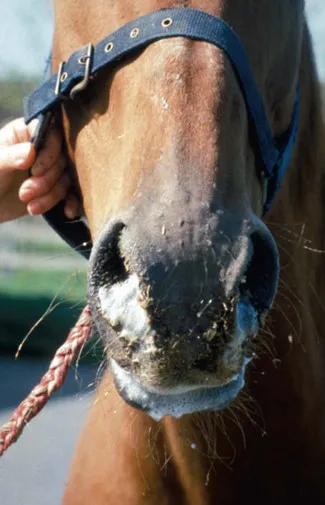
Equine Medicine, Surgery and Reproduction - E-Book
Tim Mair, Sandy Love, James Schumacher, Roger K. W. Smith, Grant Frazer
- 624 pages
- English
- ePUB (mobile friendly)
- Available on iOS & Android
Equine Medicine, Surgery and Reproduction - E-Book
Tim Mair, Sandy Love, James Schumacher, Roger K. W. Smith, Grant Frazer
About This Book
The new edition of this introductory-level textbook continues to offer a concise and approachable bridge between student lecture notes and more detailed clinical reference works. All aspects of equine medicine, surgery and reproduction are covered in a single, convenient volume. The second edition has been subject to an extensive revision, with each chapter updated and new chapters added to cover wound management, critical care, anaesthesia and sedation, and diagnostic imaging. While offering key information in an easily and quickly digested format for clinical veterinary students and practising veterinary surgeons, this second edition of Equine Medicine, Surgery and Reproduction will also be relevant to students undertaking equine science degrees, and to professional horse owners and trainers.
The wide range of international contributors, highly experienced and all experts in their fields, ensures that the new edition of this popular all-in-one resource remains as indispensable as ever.
- Comprehensive coverage of all areas of equine medicine, surgery and reproduction
- Easy-to-use format
- Completely revised since the first edition with new chapters added
- Now with over 100 new illustrations including colour photographs
- Includes diagnostic and therapeutic information as well as descriptions of commonly employed clinical techniques
- Includes lists of important differential diagnoses for common clinical signs
Frequently asked questions
Information
Upper alimentary system
1.1 Normal upper alimentary tract function: deglutition
Oral, pharyngeal and oesophageal phases of deglutition
Prehension
Mastication
Lingual function
Elevation of palate
Pharyngeal constriction
Laryngeal protection
Crico-pharyngeal relaxation
Primary and secondary oesophageal peristalsis
1.2 Diagnostic approach to cases of dysphagia
